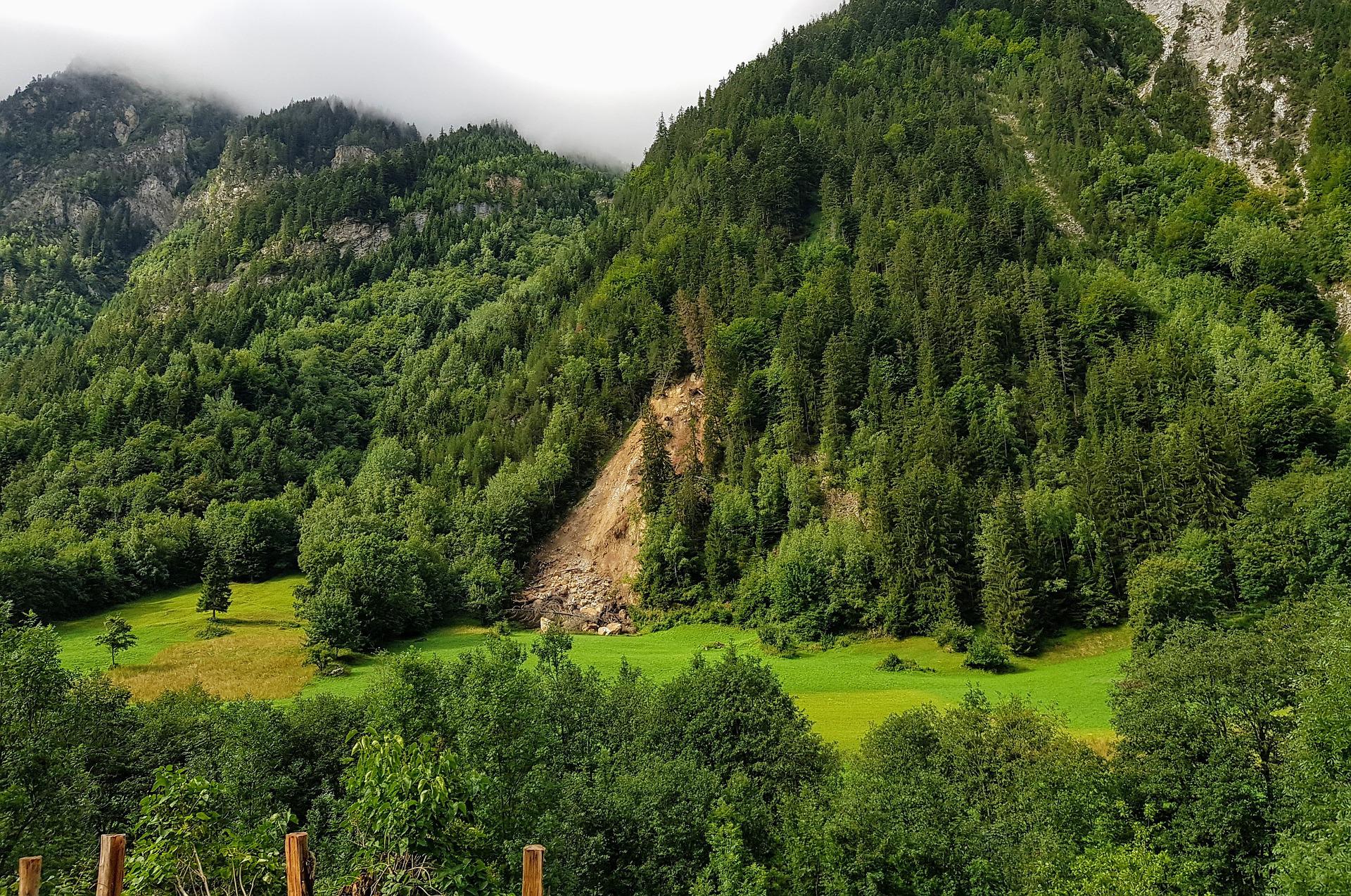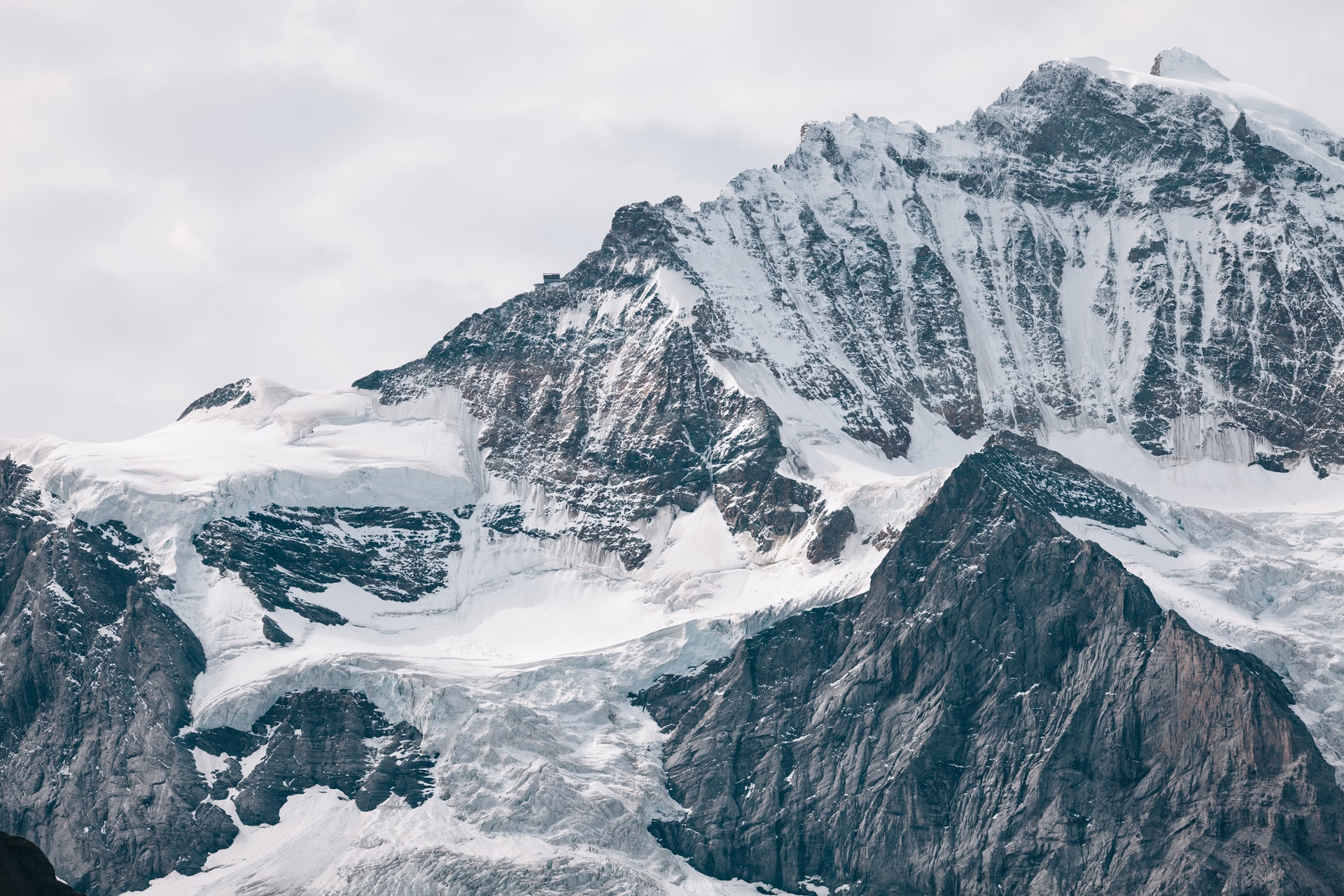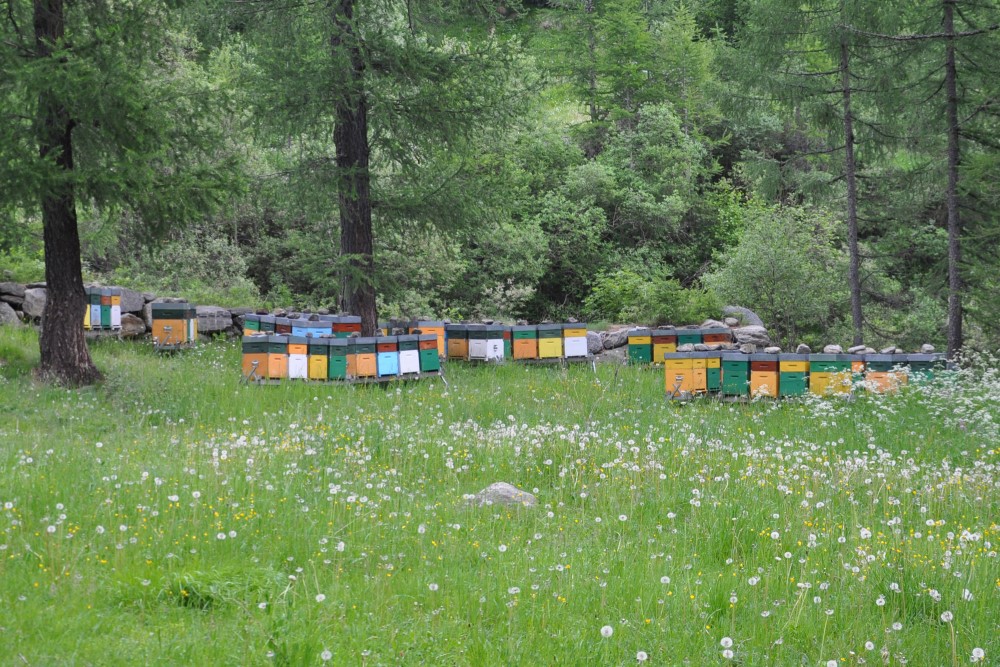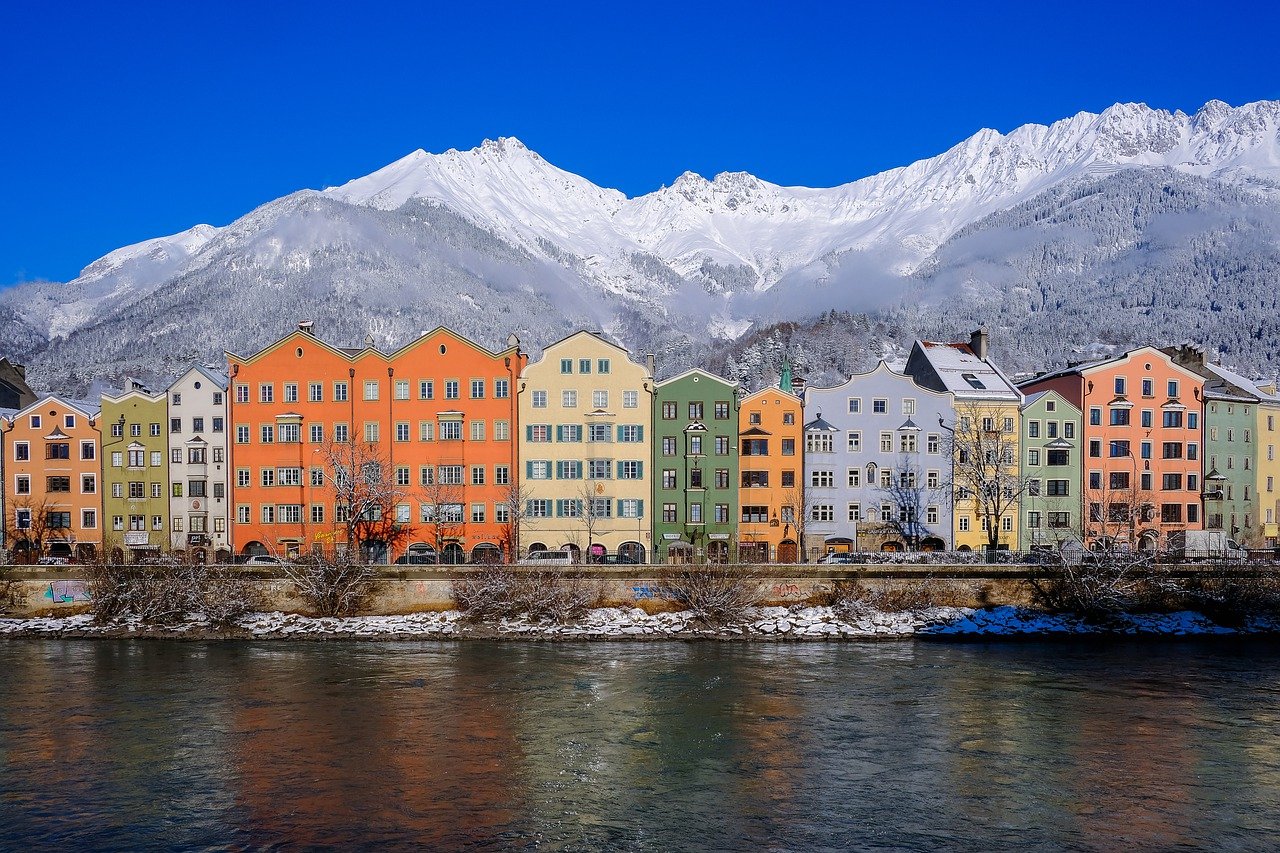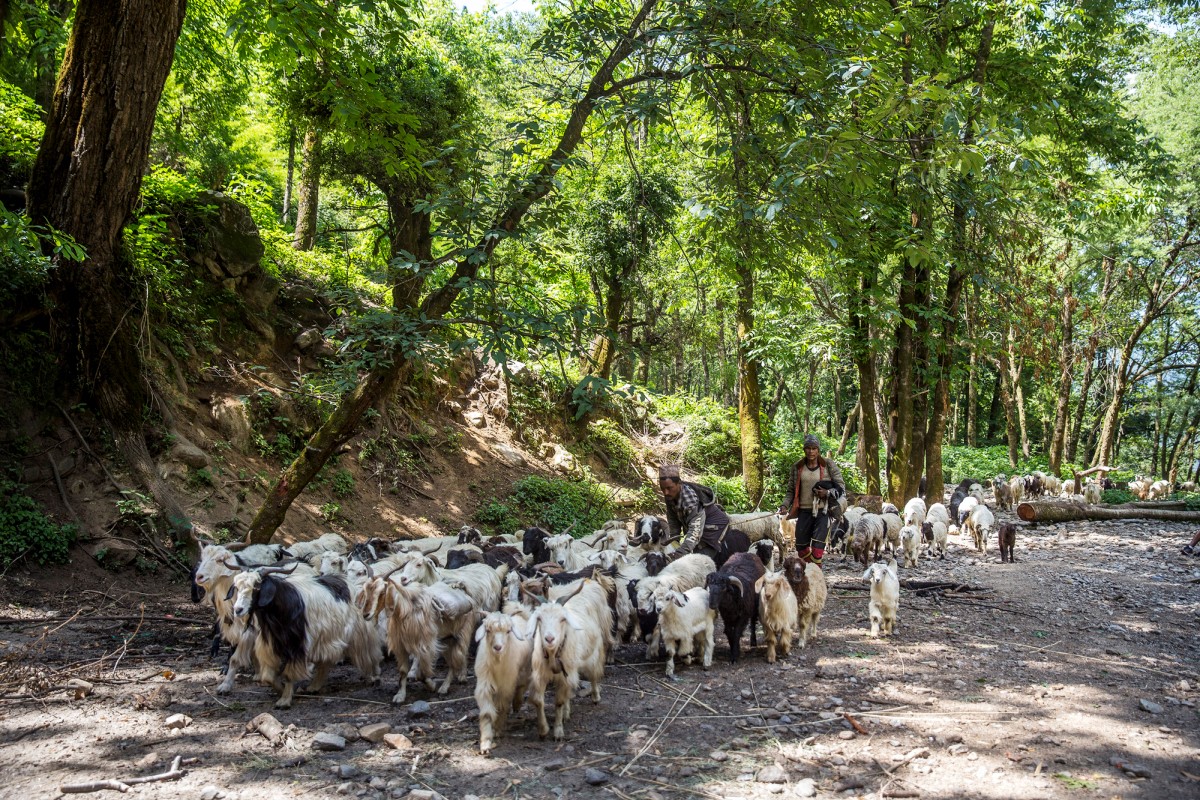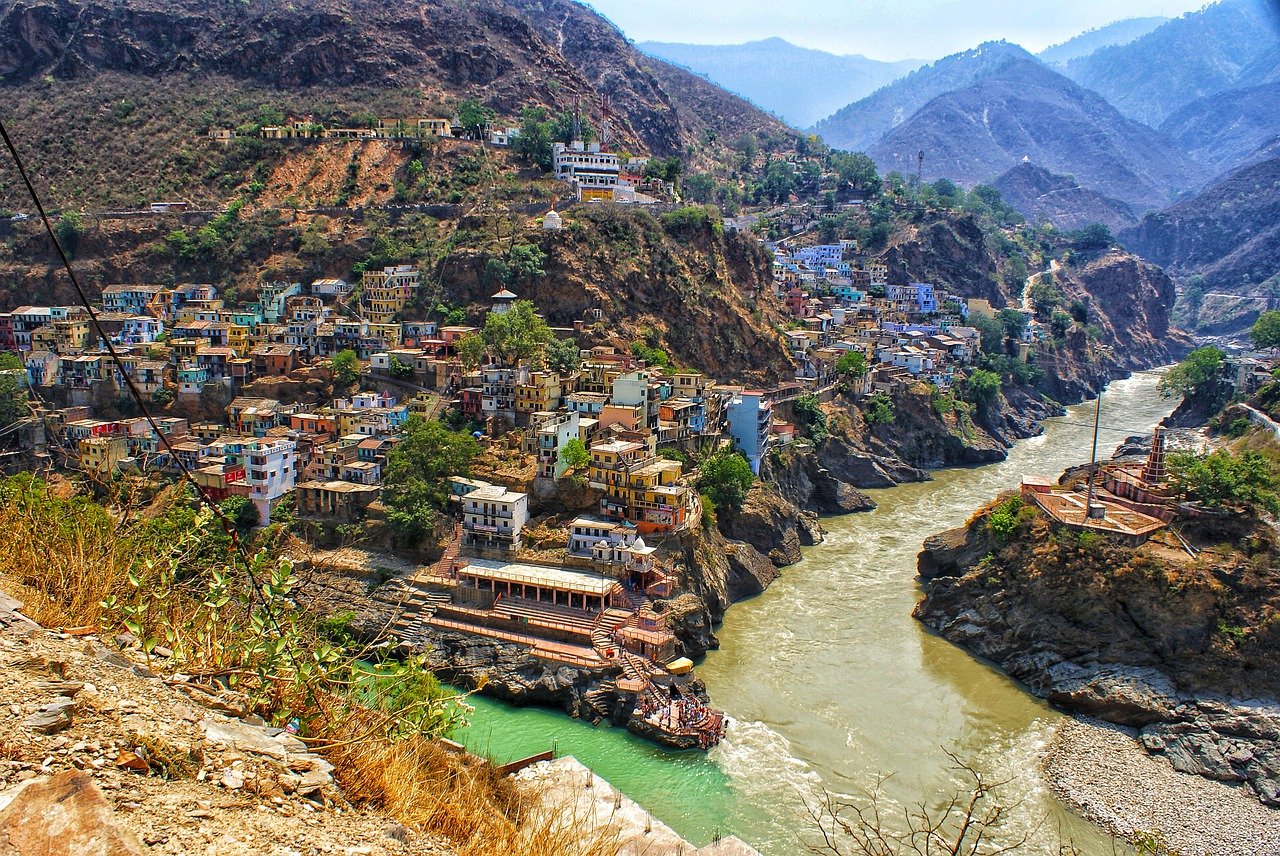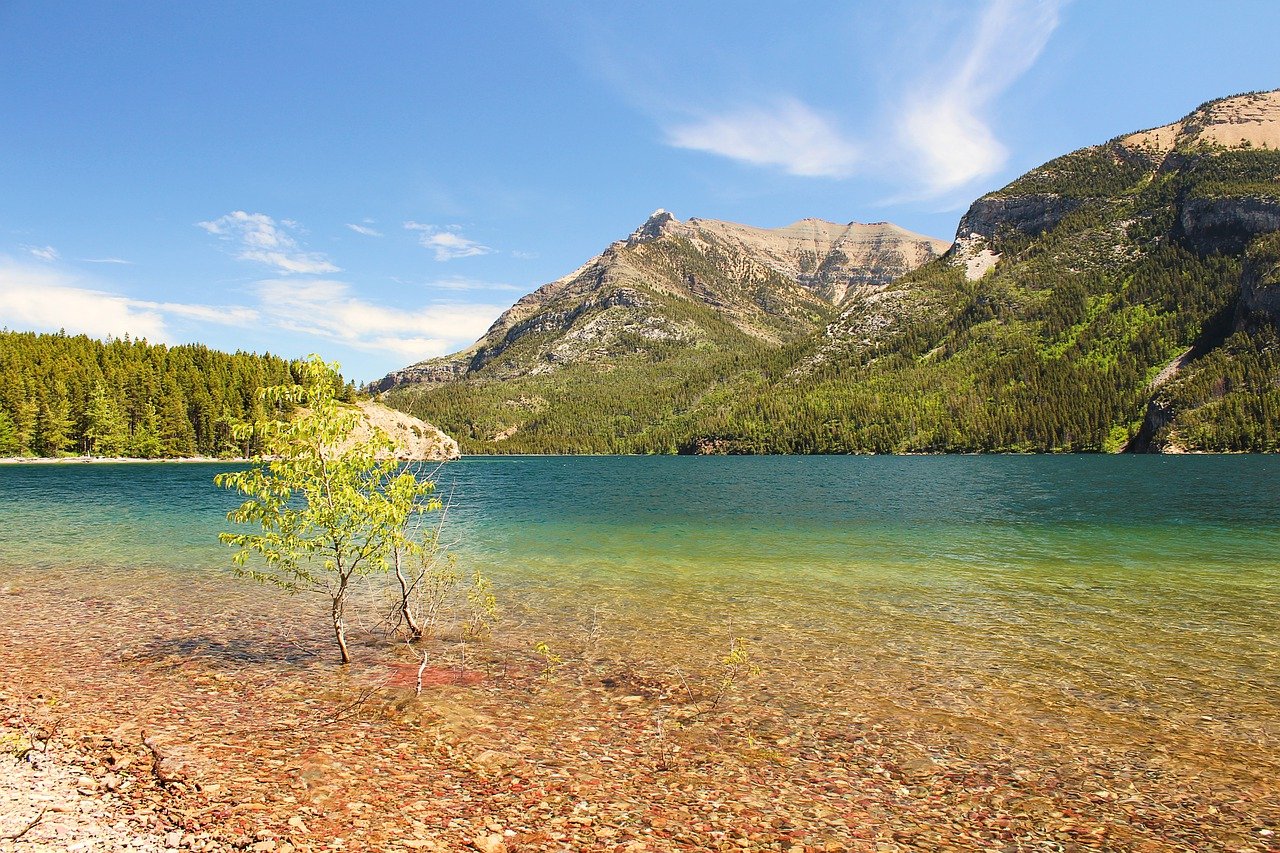New Publication
- Details
- Category: New Publication
A special issue of the Journal of Mountain Science ‘Disaster Risk Reduction in Mountain Areas’ Volume 19 Issue 6, June 2022, co-guest edited by MRI SLC member Irasema Alcantara-Ayala.
- Details
- Category: New Publication
The latest issue of eco.mont aims to raise awareness of the importance of mountain protected areas, and with the publication of long-term studies, support and outline the interaction of scientists and PA managers.
- Details
- Category: New Publication
Articles in this open issue examine the workings of the 'smart village' concept in the Holy Cross Mountains in Poland; the role of local food products in fostering mountain tourism in the Italian Alps; the benefits of wild plants’ ecosystem services for local livelihoods in the Polish Pieniny Mountains; and rural residents’ sense of place in an ecological restoration area in the mountains of Guizhou, China.
This issue of Mountain Research and Development also contains a synthesis of the outcomes of sessions and recommendations for future research in mountain areas from the International Mountain Conference (IMC), held in Innsbruck, Austria, in September 2019. MRI Executive Director Carolina Adler is among the authors.
- Details
- Category: New Publication
This paper by Price et al. presents a synthesis of the outcomes of sessions and recommendations for future research in mountain areas from the International Mountain Conference (IMC), held in Innsbruck, Austria, in September 2019.
- Details
- Category: New Publication
In this focus issue, studies from Nepal, India, Pakistan, Portugal, Morocco, Argentina, Ecuador, and across the Andes investigate factors affecting pastoral social-ecological systems in mountains, and how societies respond to environmental, socioeconomic, and political changes.
The studies also present recommendations for action on behalf of sustainable development, especially toward enhancing resilience in mountain pastoral systems. The guest editors hope that the rich insights will spark multistakeholder collaboration and innovation to tackle the challenges facing pastoralists and rangelands in mountains today.
- Details
- Category: New Publication
The latest issue of the open access journal Mountain Research and Development is now available, covering topics from how ski resorts are responding to climate change to irrigation systems in the Upper Indus Basin.
Two articles in this open issue focus on ski resorts in the USA and how they can respond to climate change: one presents a voluntary environmental program for large resorts, the other analyzes climate change impacts and adaptation action. A comprehensive review of literature on adaptation action in mountain areas worldwide emphasizes the need to close the adaptation gap in mountains.
- Details
- Category: New Publication
Published this month, this OECD Development Co-operation Working Paper presents approaches to strengthening the resilience of human and natural systems in mountainous areas against the impacts of climate change.
OECD Development Co-operation Working Papers cover work on understanding aid flows, strengthening aid delivery, and improving development policy.
- Details
- Category: New Publication
'ME AND THE BIOSPHERE: 50th Anniversary of UNESCO’s MAB Programme' is a Special Issue of the Journal on Protected Mountain Areas Research and Management (eco.mont), and is now available online.
On the occasion of 50 years of UNESCO’s Man and the Biosphere (MAB) Programme, the Austrian MAB National Committee has organized and financed a special issue on Biosphere Reserves in Mountain Regions in the Journal on Protected Mountain Areas Research and Management (eco.mont). The special issue contains 16 articles from four out of five MAB regions.




